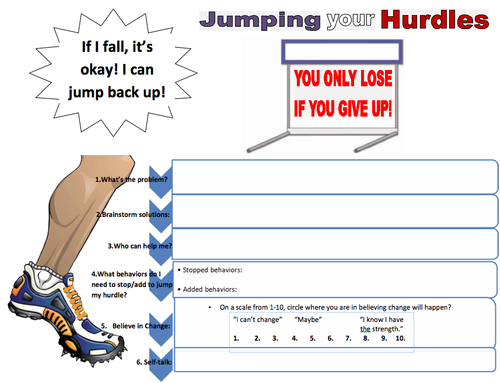Resources
STUDENT MOTIVATION
Throughout my experiences in creating lesson plans, I have made the mistake of assuming that each student will be intrinsically motivated to learn and be engaged in my class. Not surprisingly, I found that many students need encouragement to be motivated, or may need extrinsic motivations. I’ve learned from many of my supervisors how to build a classroom that encourages engagement through a number of different techniques: specific and genuine praise, varied instructional strategies, making real-world connections, setting goals, illustrating investment in the students, and offering incentives. The resources I've included her have been some of the best I've encountered because they offer very concrete steps to help motivate students.
Articles
This arcicle by Carol Dweck draws the line between effective and ineffective praise. Many teachers and parents think that praise alone can motivate their students. However, Dweck points out that non-specific praise such as "gee, you are so smart" is not only ineffective, but can be detrimental to student motivation. This is because the student may begin to internalize their label as smart, and then when they need to put in effort or if they fail at an activity, they will think they are no longer smart, but dumb. It sends the message that effort suggests stupidity. So, Dweck suggests praising specific deeds, and praising effort. This will help the student realize that effort is what is valued, which will not only motivate them further, but also likely improve their academic performance.
Websites
This website offers many specific interventions for unmotivated students. It helps teachers to identify the cause for the lack of motivation, and then suggests concrete steps to combat this issue.
Behavior contracts help to spell out exactly what is expected of the student, and helps the student set goals for their behavior. Often times, there are rewards for good behavior, which helps motivate the student to remain motivated.
My Project on Student Motivation and Resilience: JUMPING YOUR HURDLES!
These materials provide tools to help students change patterns of failure and indifference and develop the motivation to reach goals. At the elementary level, these activities and discussions can help students deal with increasing challenges at home, at school, or with peers. I have adapted and developed these materials to be suitable for both younger and older elementary students.

